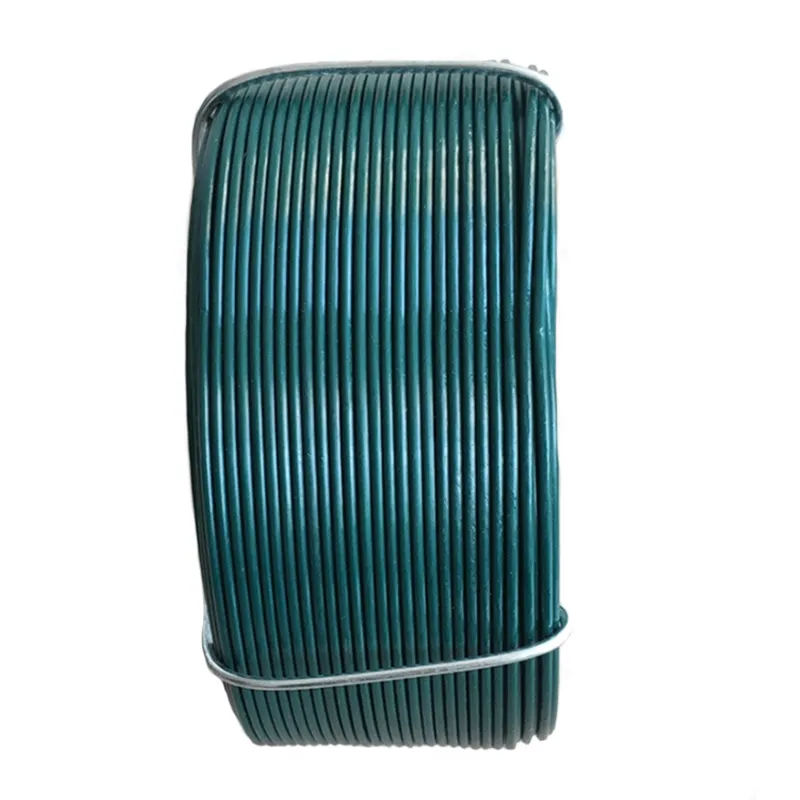-
 Phone:
Phone: -
 Email:
Email:

Steel Rebar Tying Wire for Reinforcement and Construction Applications
Understanding Steel Rebar Tie Wire Essential for Construction Projects
In the realm of construction, particularly in reinforced concrete structures, the significance of steel rebar tie wire cannot be overstated. This unassuming yet crucial component plays a pivotal role in ensuring the integrity, stability, and durability of concrete constructions. In this article, we’ll explore what steel rebar tie wire is, its various types, and its applications in the construction industry, while also shedding light on best practices for its use.
What is Steel Rebar Tie Wire?
Steel rebar tie wire is a type of wire used for binding and securing steel reinforcement bars (rebar) together. The primary function of this wire is to hold rebar in place when concrete is poured, ensuring that the steel reinforcement is positioned correctly to provide maximum strength and resilience. The wire is typically made from high-carbon steel, which offers excellent tensile strength and durability, making it ideal for structural applications.
Types of Steel Rebar Tie Wire
There are several types of rebar tie wire, each designed for specific applications and scenarios
1. Black Annealed Wire This is the most commonly used type of tie wire. It is soft and pliable, making it easy to work with while providing excellent corrosion resistance.
2. Galvanized Wire This type of wire is coated with a layer of zinc to provide additional protection against corrosion. Galvanized wire is particularly useful in environments exposed to moisture, such as coastal areas or regions with high humidity.
3. Twisted Wire Often used for securing heavy rebar assemblies, twisted wire offers enhanced grip and stability. Its twisted configuration provides a secure hold, preventing movement during the concrete pouring process.
4. Reinforced Wire This type is manufactured specifically for heavy-duty applications. It can withstand significant tension and is commonly used in large construction projects where extra strength is needed.
Applications in Construction
Steel rebar tie wire is utilized in various construction applications, including
- Foundation Construction It is essential for securing rebar in footings and slabs, providing foundational strength.
steel rebar tie wire

- Structural Frameworks In buildings, bridges, and other structures, tie wire holds rebar grids and cages in place, ensuring they maintain their intended shape during concrete placement.
- Precast Concrete Elements Tie wire is often used in prefabricated elements like beams, walls, and panels, where accurate rebar placement is crucial for structural integrity.
- Paving and Slabs In road construction and slab-on-grade applications, tie wire ensures that reinforcement is correctly positioned to handle loads and resist cracking.
Best Practices for Using Steel Rebar Tie Wire
To maximize the effectiveness of steel rebar tie wire, it is essential to follow some best practices
1. Proper Tie Techniques Use the correct tying technique to ensure a secure connection between rebars. Common methods include the single tie, double tie, and twist tie methods. Each has its applications depending on the specific requirements of the project.
2. Avoid Over-tightening While it’s important to secure the rebar tightly, over-tightening can lead to deformation of the rebar and compromise the integrity of the reinforcement.
3. Regular Inspections During the construction process, perform regular checks on the rebar and tie wire to ensure that everything is secure and in place before pouring concrete.
4. Use the Right Wire Gauge Selecting the appropriate gauge of tie wire is critical for specific applications. Thicker wire may be necessary for heavy-duty applications, while thinner wire may suffice for lighter tasks.
5. Storage and Handling Store tie wires in a dry location to prevent rusting or corrosion, and handle them with care to avoid kinks or deformities that could affect performance.
Conclusion
Steel rebar tie wire, while often overlooked, is an integral component in the construction industry. Its ability to secure rebar and provide structural integrity significantly contributes to the strength and longevity of concrete structures. By understanding the different types of tie wire, their applications, and best practices for use, construction professionals can enhance the quality and safety of their projects, ensuring that they stand the test of time. In the complex world of construction, every small component plays a vital role, and steel rebar tie wire is no exception.
-
Metal Products Company Galvanized Cable for SaleNewsAug.06,2025
-
Maintenance of Rock Wall with Wire MeshNewsAug.06,2025
-
Loop Tie Wire Cost Effective OptionsNewsAug.06,2025
-
High Quality Cable Cu Xlpe Swa Pvc SupplyNewsAug.06,2025
-
Durable Hexagonal Mesh Wire ProductsNewsAug.06,2025
-
Baling Wire Direct Reliable ServiceNewsAug.06,2025
-
Wire Mesh for Every Need: A Practical SolutionNewsJul.25,2025








